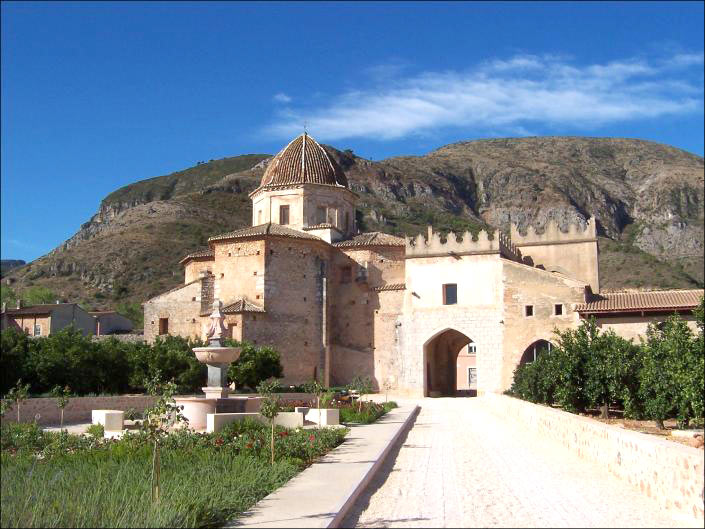History
During the Middle Age, Barx was inhabited by Muslims, until Jaume II handed it over to the Real Monasterio de Santa María de la Valldigna and practically became depopulated. The monks' attempts for more than a century to set up a stable Christian village weren't fruitful and Barx turned into a farm and a place for the cattle to pass through. Since the stable settlement of farmers in Barx didn't just occur, the Monastery made a decision in the year 1651: building houses for those who decided to live in Barx, at present-day "la Constitució" square, as well as the reconstruction of a chapel, two mills (for olive oil), a barn, a wine cellar, a furnace and the tower which gives rise to the town's name.

The relationship between Barx and the monastery was not always easy for the more than 500 years in which they were linked to each other. The most important conflict broke out in 1778, when Barx inhabitants condemned the abusive authority of the Abbot, however, they had to wait until 1835 to be really free. In 1835 Barx became an independent municipality.
In 1799 the building of the Font del Racó on November 22 and the construction of the Calvary by that time were a symbol of "independence". La Drova, though, was still exploited by the monks until the confiscation of church lands by Mendizabal, expropriated and purchased by individuals.
Since then, Barx has been inhabited and La Drova has been a summer resort. Nowadays many people live in the developments of La Drova and La Puigmola throughout the year.
Barx is included in the Red Natura 2000 for birds protection. For more information, see the website of Barx Town Hall.